Tapco HomeDry Dry Rot Treatment Farnham
We are long term members of Trust Mark and a member of the BWA. CHAS accredited contractor. In addition, all of our surveyors are trained to the high standards of the PCA (Property Care Association).



Dry Rot Specialist In Farnham
Concerned about dry rot in Farnham? Don’t ignore this issue any longer, as it won’t go away on its own. Tapco Homedry can help you to get on top of your dry rot problem with cost-effective and reliable solutions. Get in touch today to learn more.
What is dry rot?
Dry rot is the common name for a type of fungus that would be more commonly found in woodlands. However, it can also find its way through the masonry in your home to digest suitable timber and cause structural problems. The Serpula lacrymans fungus is helpful in breaking down fallen timber to make space for new growth, but it can also impact your home.
You’d be forgiven for thinking this fungus thrives on dry wood, but it actually relies on a damp problem already existing in the space. This is why we nearly always find a damp problem alongside a dry rot problem. This can cause more than just cosmetic issues in your home. When left untreated, dry rot can cause structural damage.
If you’re worried about the risk of dry rot or damp in your home, we recommend getting in touch with our helpful and supportive team. We can guide you through the process of eradicating damp and dry rot from your home so you can enjoy peace of mind that your property is protected.
Is dry rot the same as wet rot?
No, they might sound similar, but they require very different conditions to thrive. They are caused by different fungi, and as the name suggests, wet rot requires higher moisture levels in order to thrive. You don’t have to know which one is present in your home to seek out help. As a general guide, dry rot will leave timber brittle and crumbly, while wet rot will leave it soft and spongy.
How to spot dry rot in your home
You can protect your property by learning to spot the early signs of dry rot in your home. The first sign is often a musty or earthy odour, which indicates there is a damp problem somewhere in your home. If you notice a new damp smell, it’s always worth exploring the source.
In the early stages, dry rot often looks like a furry white growth on wood. As it spreads, it develops a rusty orange bloom that will scatter fungus spores on air currents throughout your home. These can settle and look like brick dust on floors and walls.
Once the wood has been digested, it will take on a darker colour and will be brittle and easy to crumble between your fingers. It also has a cuboidal cracking structure that causes the wood to break down into small cube shapes. If you think you’ve spotted any signs of dry rot in your home, get in touch with our team to find out how we can help.
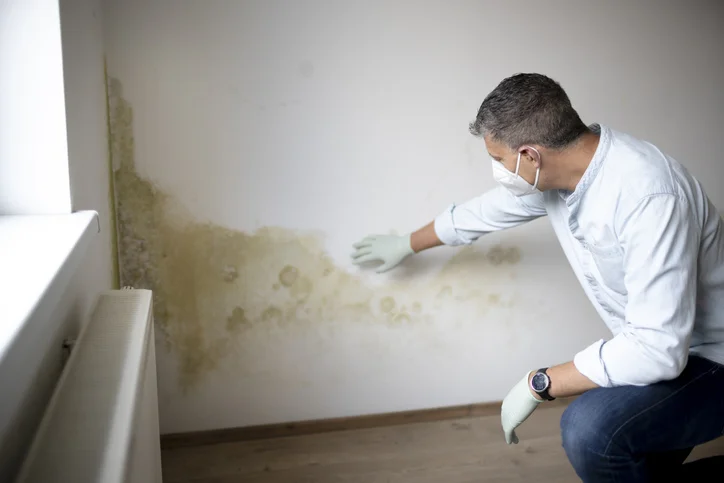


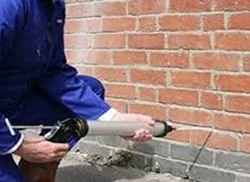 Damp Proofing
Damp Proofing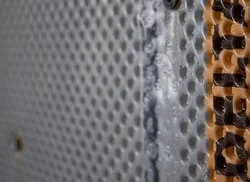 Basement Damp Proofing
Basement Damp Proofing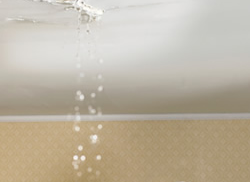 Water Damage
Water Damage Condensation Control
Condensation Control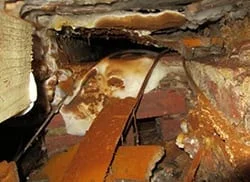 Dry Rot Treatment
Dry Rot Treatment WOODWORM & WET ROT
WOODWORM & WET ROT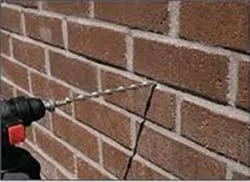 CAVITY Wall Ties
CAVITY Wall Ties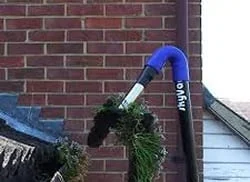 Property Maintenance
Property Maintenance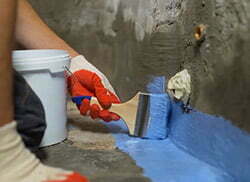 Waterproofing And Tanking
Waterproofing And Tanking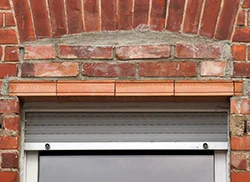 Structural Repairs
Structural Repairs
